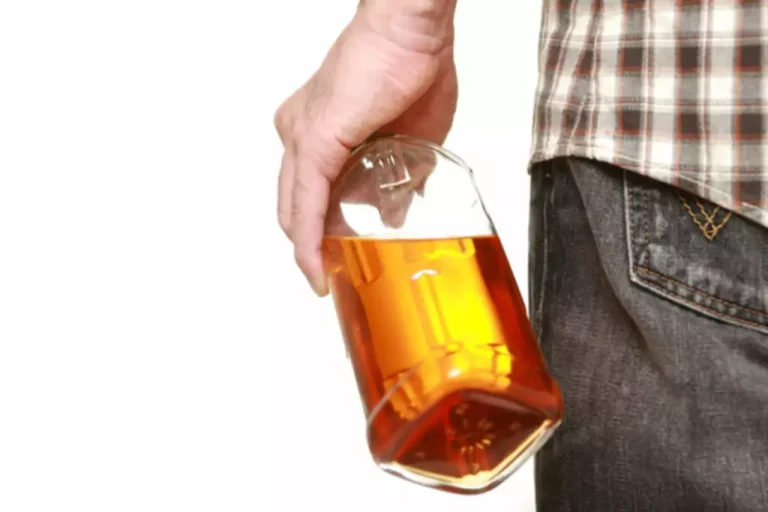
It is the most comprehensive report on substance use and mental health indicators that SAMHSA has released to date. Research on the science of addiction and the treatment of substance use disorders has led to the development of research-based methods that help people to stop using drugs and resume productive lives, also known as being in recovery. Living in a neighborhood with high substance use activity or near bars can increase the risk of relapse. Lack of structure and routine in daily life can also contribute to relapse, as individuals may struggle to fill their time with healthy activities.

Nursing, Allied Health, and Interprofessional Team Interventions
- From 2016–2017 to 2020–2021, the average annual number of U.S. deaths from excessive alcohol use increased by more than 40,000 (29%), from approximately 138,000 per year (2016–2017) to 178,000 per year (2020–2021).
- Among females, the average annual number of deaths from excessive alcohol use increased by 15,136 (34.7%), from 43,565 during 2016–2017, to 58,701 during 2020–2021.
- On top of that, the widespread surge in fentanyl’s inclusion and mixture within other opioids has created a nightmare scenario for opioid overdoses and overdose deaths.
- Support groups, such as Alcoholics Anonymous (AA), provide valuable peer support that can help individuals stay sober.
Although the term “recovery coach” was first used in 2006, the service has not gained wide adoption in addiction treatment. Peer recovery coaches are individuals who have experienced addiction themselves but have been abstinent for an extended period (often at least one or two years). Peer recovery coaches complete approximately 40 hours of training in addition to a minimum number of hours of work in the field to obtain certification. Peer recovery coaches alcohol relapse statistics can then contract with clinics or offices to work one-on-one with assigned individuals as a service that is billable through Medicaid in many areas.[22] Culturally-specific training programs have undergone development in some areas. For example, in the Mid-west, individuals can train in a program that emphasizes Native American values and traditions with the intention that they will be able to offer more effective support to other Native Americans.
Opioid Abuse

They may also have contact with individuals who provide close support to the patient, such as family members, friends, or sponsors. A 2006 study published in the journal Addiction found that 62 percent of people treated for alcoholism through alcohol rehab or Alcoholics Anonymous maintained recovery after three years. About 43 percent of people who did not receive any form of treatment https://ecosoberhouse.com/ maintained sobriety. People who become overconfident in their ability to stay sober may put themselves at risk by decreasing recovery meeting attendance, exposing themselves to triggers or trying to control how much they drink instead of abstaining. Slips can cause a transition from an emotional relapse to a mental relapse or from a mental relapse to a physical relapse.

Camelback Recovery

This underscores the importance of comprehensive alcohol treatment programs that address both the physical and social aspects of alcohol misuse. Alcohol relapse rates vary, but research shows that a significant number of individuals experience a relapse within the first year of recovery. Specifically, the percentage of alcoholics who relapse is highest within the first three months of treatment, according to the National Institute on Alcohol Abuse and Alcoholism. These statistics underscore the importance of comprehensive care and support systems to help individuals maintain sobriety. Our findings on the benefits of relatively rapid entry into treatment and/or AA support the value of strengthening the referral process for individuals who recognize their alcohol problems and initiate help-seeking. Assessment of help-seekers’ motivation and readiness for change may help target high-risk individuals for interventions to enhance and maintain participation in treatment [57].
- Age-standardized death rates among males increased from 54.8 per 100,000 population during 2016–2017 to 55.9 during 2018–2019, and to 66.9 during 2020–2021.
- Explore statistics on alcohol-related deaths and emergency visits in the United States.
- Research on the science of addiction and the treatment of substance use disorders has led to the development of research-based methods that help people to stop using drugs and resume productive lives, also known as being in recovery.
What Percentage of Drug Addicts Recover?
Narcotic Abuse
AA Success Rates and Statistics
